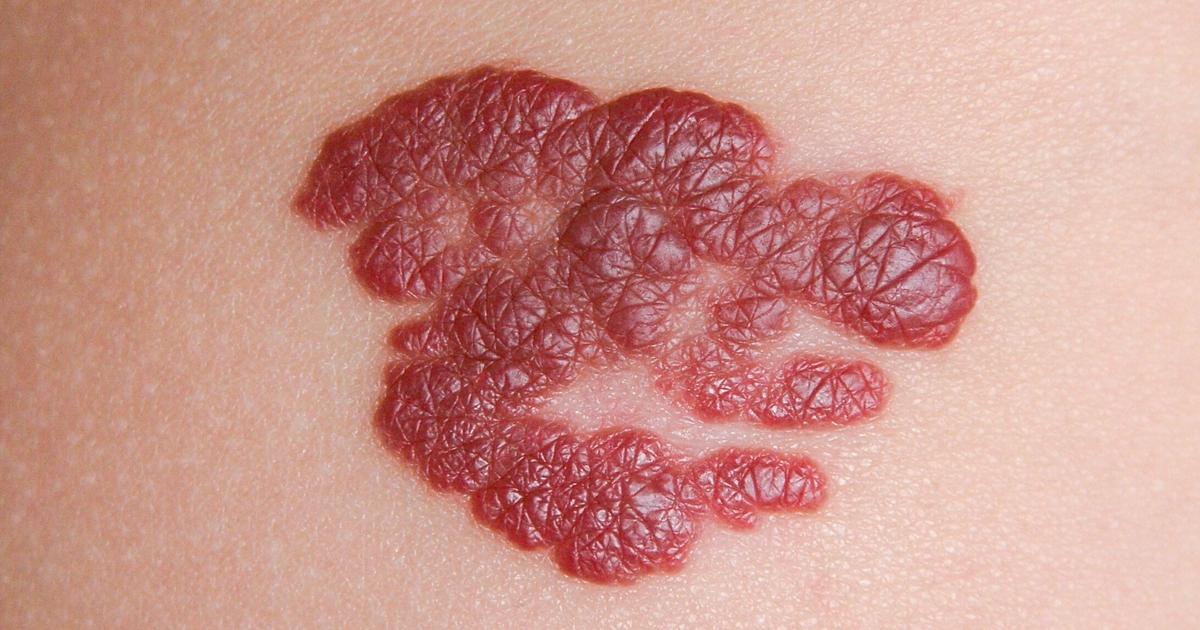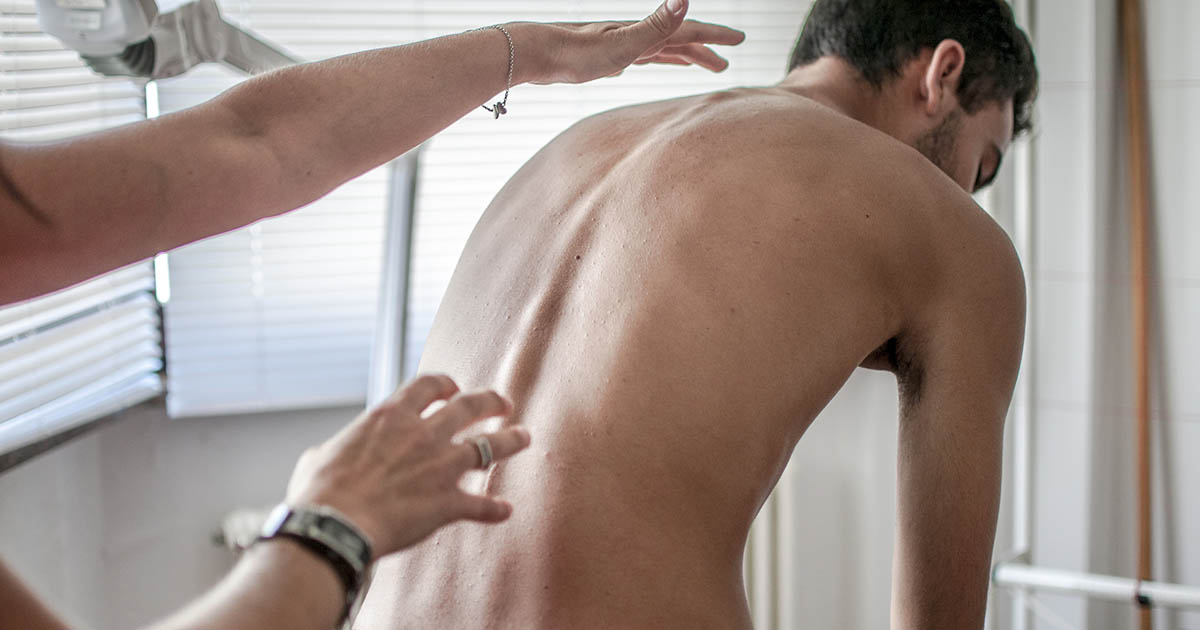Severe Symptoms Of Maffucci Syndrome
Underdeveloped Muscles
Some patients who have severe bone deformities because of Maffucci syndrome may experience underdeveloped muscles. This underdevelopment occurs because an individual's bones and muscles are closely linked to each other. When a joint or bone cannot function properly, the muscle that moves it will not be able to function properly. Several factors cause the bone deformities to have adverse effects on the growth and health of the corresponding muscles. Enchondromas can cause limited mobility in some joints or parts of the body. When there is limited mobility, the muscles are not being used the same as if there was full mobility. Decreased use of muscles can cause them to stop developing if the patient is still growing. In addition, bone deformities from enchondromas in affected individuals can cause them to have poor control of their posture. Poor postural control can lead to an asymmetrical imbalance in muscle mass when one muscle is being used more than it should be, and the other corresponding muscle is not being used. General inactivity from bone deformities due to pain and discomfort can result in underdeveloped muscles in affected individuals as well.
Discover additional Maffucci syndrome symptoms now.
Hemangiomas

Hemangiomas are a common symptom that manifests in Maffucci syndrome patients. This type of vascular malformation or mass is made up of a collection of blood vessels that are abnormal in structure but not malignant. Cavernous hemangiomas are a tangle of such abnormal blood vessels that contain multiple expanded caverns with slow-moving blood. These vascular lesions usually present when the patient is between four and five years old. They begin as round, bluish, soft spots that eventually become large, knotty, firm, and warty over time. Hemangiomas in individuals with Maffucci syndrome most commonly occur on the skin of the hands. They usually do not have a localized association with the patient's bones that contain enchondromas. In addition to the hands, these lesions may also form on the oral mucosa, the membranes that cover the spinal cord and brain, and the tongue. Phleboliths or stones made of calcium deposits may develop inside of an individual's hemangiomas over time.
Get the details on more warning signs linked to Maffucci syndrome now.
